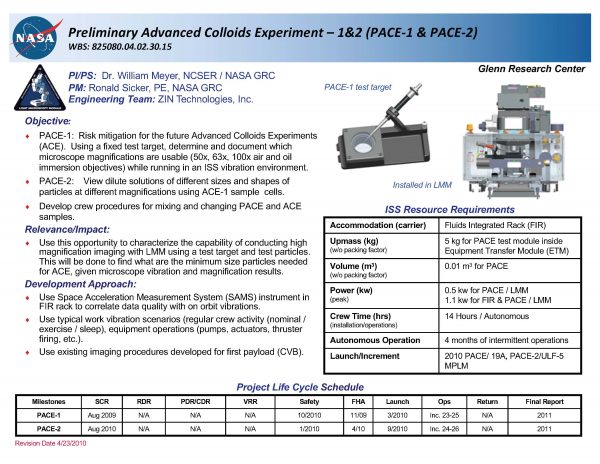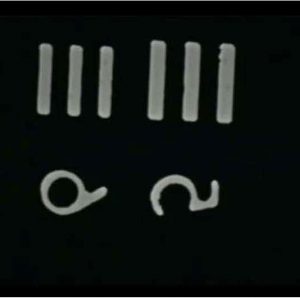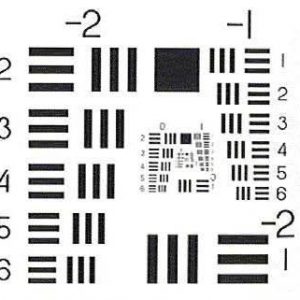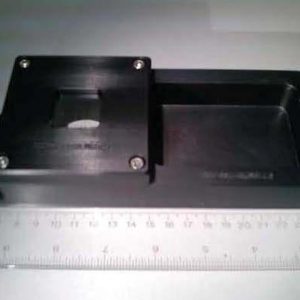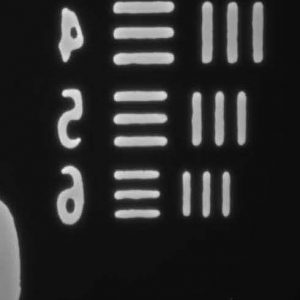PACE
Preliminary Advanced Colloids Experiment (PACE)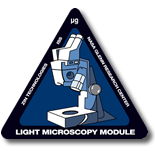
The data collected from Preliminary Advanced Colloids Experiment (PACE) ensures and optimizes the success of the Advanced Colloids Experiment (ACE). PACE determines which Light Microscopy Module (LMM) magnifications are usable before external vibrations blur the images. Both air and oil immersion microscope objectives (at 50x, 63x, and 100x magnifications) are used along with a microscope test target. The test target is used to resolve target images at different magnifications while operating with the vibrations that exist in an International Space Station (ISS) environment.
The test images are taken with the Active Rack Isolation System (ARIS) turned on (or active) and with it turned off. The results of these tests will determine the size of colloidal particles, which can be resolved by ACE, and therefore what size particles need to be synthesized for the experiments that have been proposed for ACE. Larger particles take much longer to form an equilibrium structure or state (doubling the particle diameter magnifies the experiment length by a factor of eight), so the use of the typical half-micron size spheres (which are the size of the wavelength of light) usually selected for use with an LMM type confocal microscope are ideal. The ACE scientists are required to create larger particles for use in ACE if the 100x oil immersion objectives do not provide sufficient resolution when external vibrations are present.
The ACE makes use of the PACE data, including the aging of gels and late collapse, phase separation competing with crystallization, asymmetric and seeded particle crystallization in the absence of gravitational jamming, 3-D growth and melting of crystals, and other proposed experiments.
Science Objectives
Preliminary Advanced Colloids Experiment (PACE) is a technology demonstration, which sets the stage for the Advanced Colloid Experiment (ACE), by testing the Light Microscopy Module (LMM) in the International Space Station (ISS) environment. PACE establishes the capabilities of the LMM that are used for high resolution image magnification in ACE.
Applications
Space Applications
The knowledge from PACE serves as preparation for the experimentation in ACE, which flies samples of colloid systems which serve as larger scale models of atomic systems. These samples are used to model the factors that influence phase-changes. Researchers anticipate these experiments will have a significant impact upon our understanding of fundamental physics as it pertains to how matter transitions from solid to liquid to gas.
Earth Applications
PACE sets the groundwork for ACE, which later provides important data that cannot be obtained on Earth. This data can guide our understanding of phase separation (e.g., shelf-life, product collapse), and how it competes with crystallization to impact production (e.g., when making plastics). A better understanding of crystallization and phase-change processes could have an enormous commercial impact in a wide variety of industries.
Related Documents
Currently updating…
Publications
Currently updating…
Gallery
Contact Information
Principal Investigator / Project Scientist: Dr.William V. Meyer, NCSER at NASA GRC
william.v.meyer@nasa.gov
216-433-5011
Project Manager: Ronald J. Sicker, NASA GRC
Ronald.J.Sicker@nasa.gov
216-433-6498
Engineering Team: ZIN Technologies, Inc.

